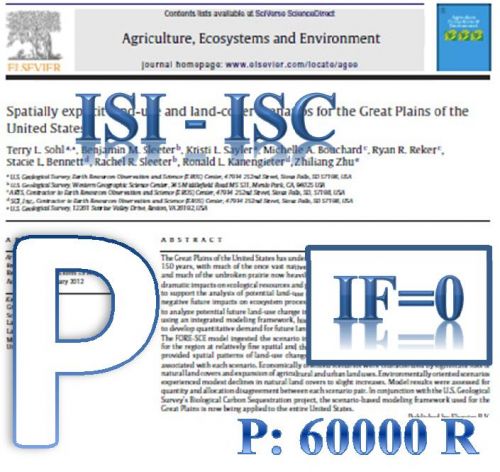Ebola virus is transmitted to people as a result of direct contact with body fluids containing virus of an infected patient. The incubation period usually lasts 5 to 7 d and approximately 95% of the patients appear signs within 21 d after exposure. Typical features include fever, profound weakness, diarrhea, abdominal pain, cramping, nausea and vomiting for 3-5 days and maybe persisting for up to a week. Laboratory complications including elevated aminotransferase levels, marked lymphocytopenia, and thrombocytopenia may have occurred. Hemorrhagic fever occurs in less than half of patients and it takes place most commonly in the gastrointestinal tract. The symptoms progress over the time and patients suffer from dehydration, stupor, confusion, hypotension, multi-organ failure, leading to fulminant shock and eventually death. The most general assays used for antibody detection are direct IgG and IgM ELISAs and IgM capture ELISA. An IgM or rising IgG titer (four-fold) contributes to strong presumptive diagnosis. Currently neither a licensed vaccine nor an approved treatment is available for human use. Passive transfer of serum collected from survivors of Junin virus or Lassa virus, equine IgG product from horses hypervaccinated with Ebola virus, a “cocktail” of humanized-mouse antibodies (ZMapp), recombinant inhibitor of factor VIIa/tissue factor, activated protein C, RNA-polymerase inhibitors and small interfering RNA nano particles are among the therapies in development. Preclinical evaluation is also underway for various vaccine candidates. One is a chimpanzee adenovirus vector vaccine; other vaccines involve replication-defective adenovirus serotype 5 and recombinant vesicular stomatitis virus.
کلید واژگان :Filoviridae, Ebola, Outbreak, Reservoir, Transmission, Symptoms, Hemorrhagic fever, Index case, ELISA, Vaccine
ارزش ریالی : 600000 ریال
با پرداخت الکترونیک
